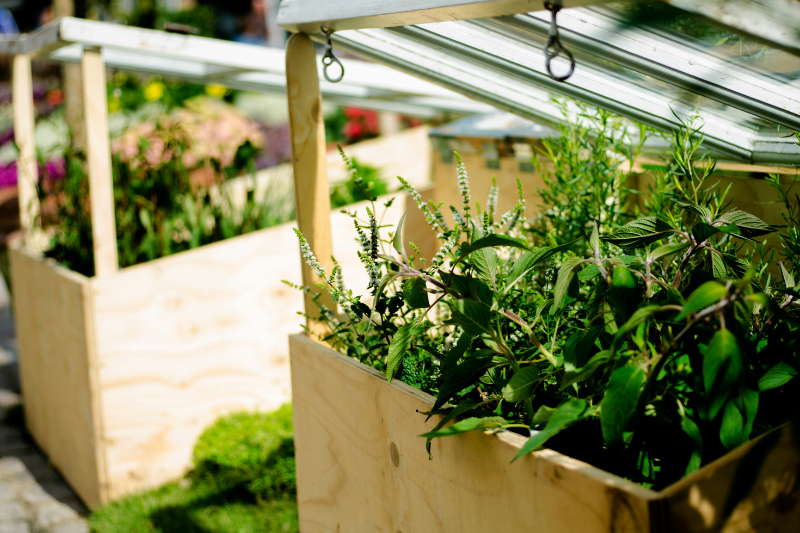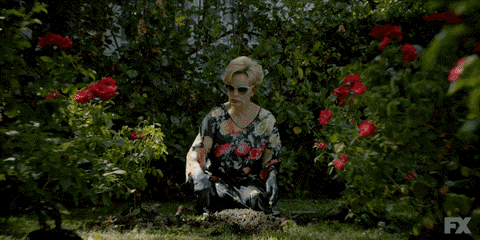Many children today don't know whether tomatoes grow on trees, bananas come out of the ground or oranges reproduce inside a net. The only thing that is clear to them is that everything magically appears in the supermarket wrapped in plastic and ready to eat. But the reality is that in order for the supermarket shelves to be full, there is a lot of effort behind it.
Whether it's to educate, or to make sure they eat vegetables without pesticides, many people are taking the initiative to make urban gardens in their own homes, and sometimes in their own communities, as in the case of Quito (Ecuador), where it has become a social project.
Want to know how? We are going to give you some tips so that you can do it too!

-
Sunlight
The first thing we need is the very cause of life: sunlight.
We will look for a place with a clear motto, "the more light, the better". Depending on the fruits and vegetables we want to grow we will need 4 to 6 hours of direct sunlight. Although strawberries and lettuces, for example, can grow with indirect light, it all depends on your needs.
-
The container
All materials, shapes and sizes are suitable. The important thing is that it is deep enough and has some holes in the bottom to drain the water. The taller the plant, the deeper the container should be. If we want to plant tomatoes, for example, 30 centimetres is the minimum depth for the roots to develop properly. It is important that the container has not previously been used to store toxic materials such as paint or detergents. Otherwise, we are free to use whatever we have at hand.
-
The substrate
Once the container has been chosen, it should be filled with compost, which is a specific type of soil for pots or other containers. But why does it have to be specific? Very easy, when plants grow in the soil, the roots can expand looking for areas where there is more water or nutrients available, but not in a container. Therefore, it is important to look for a specific potting soil that retains water well and is rich in nutrients. It is also important that it is light and porous (the roots also need the air in the pores of the soil).

-
Seeds and plants
We now have the space and suitable containers. Now it's time to make a difficult decision: planting seeds or plants. Planting seeds is more complicated and takes more time, but it saves us the work of transplanting them. If, on the other hand, we use seedlings, the plant will already be grown and we will only have to dig a hole in the ground to bury the roots, but it will be a bit more expensive.

-
Tools
It depends on the economy and the skill of each user, but these are the basics to start with:
- Small shovel.
- Gloves, especially useful if you are handling courgettes (they prick!).
- Watering can: even if you water with automatic irrigation, it is good to have something for those pots that do not have irrigation or to apply fertilisers.
- Sprayer: Indispensable for applying foliar treatments.
-
Watering
Irrigation is one of the biggest concerns for growers, and for us it is no less important. Most vegetables require a considerable amount of water to thrive, but too much can also be catastrophic. Every situation is different, and you will have to experiment and observe your garden to see what is the ideal frequency and amount of watering.
Now you have the basics to get started with your urban garden. Now you just have to decide what you want to plant and in due course, enjoy the effort. By the way, don't let the neighbours see you, or they will ask you for tomatoes every time they want to make a salad.





